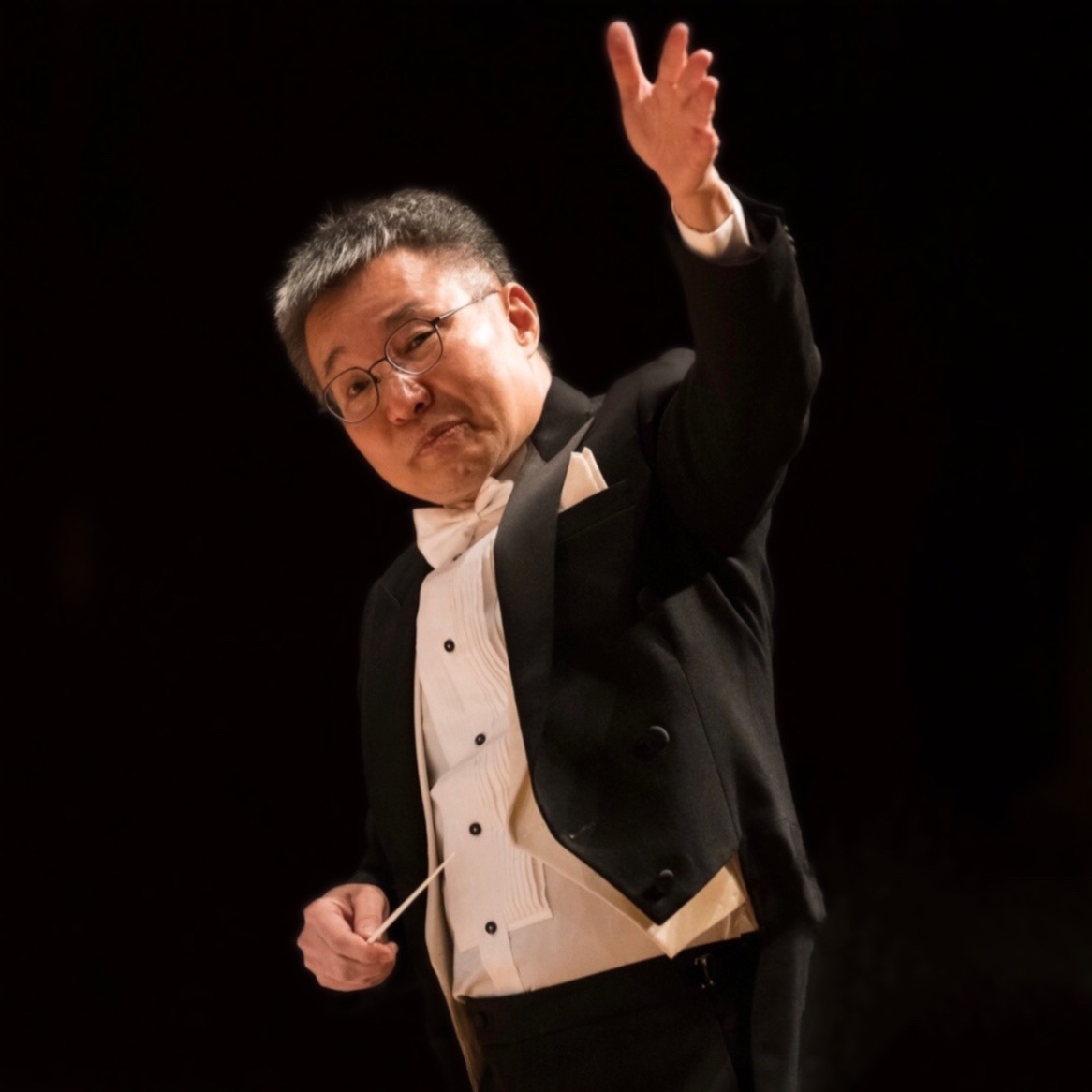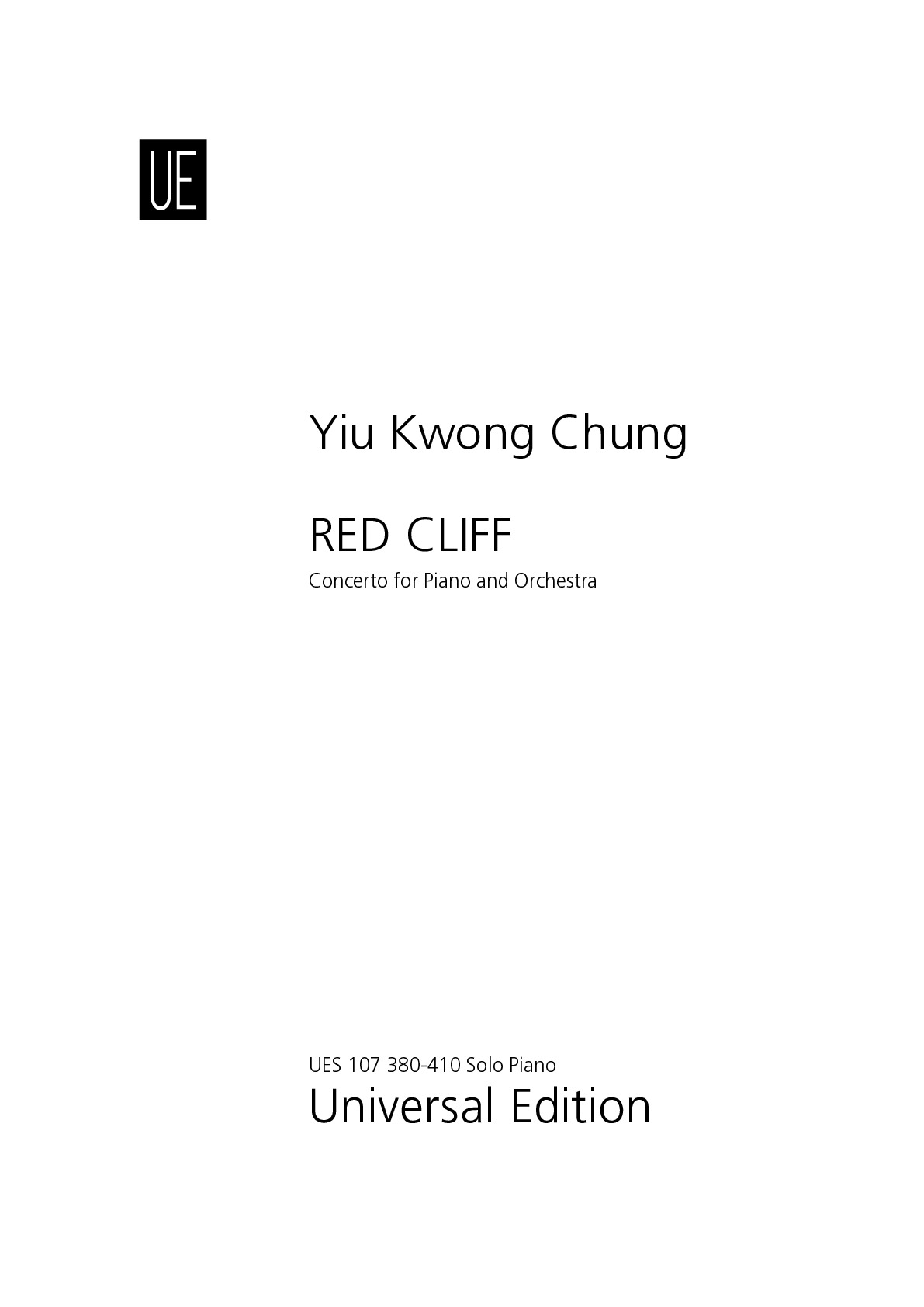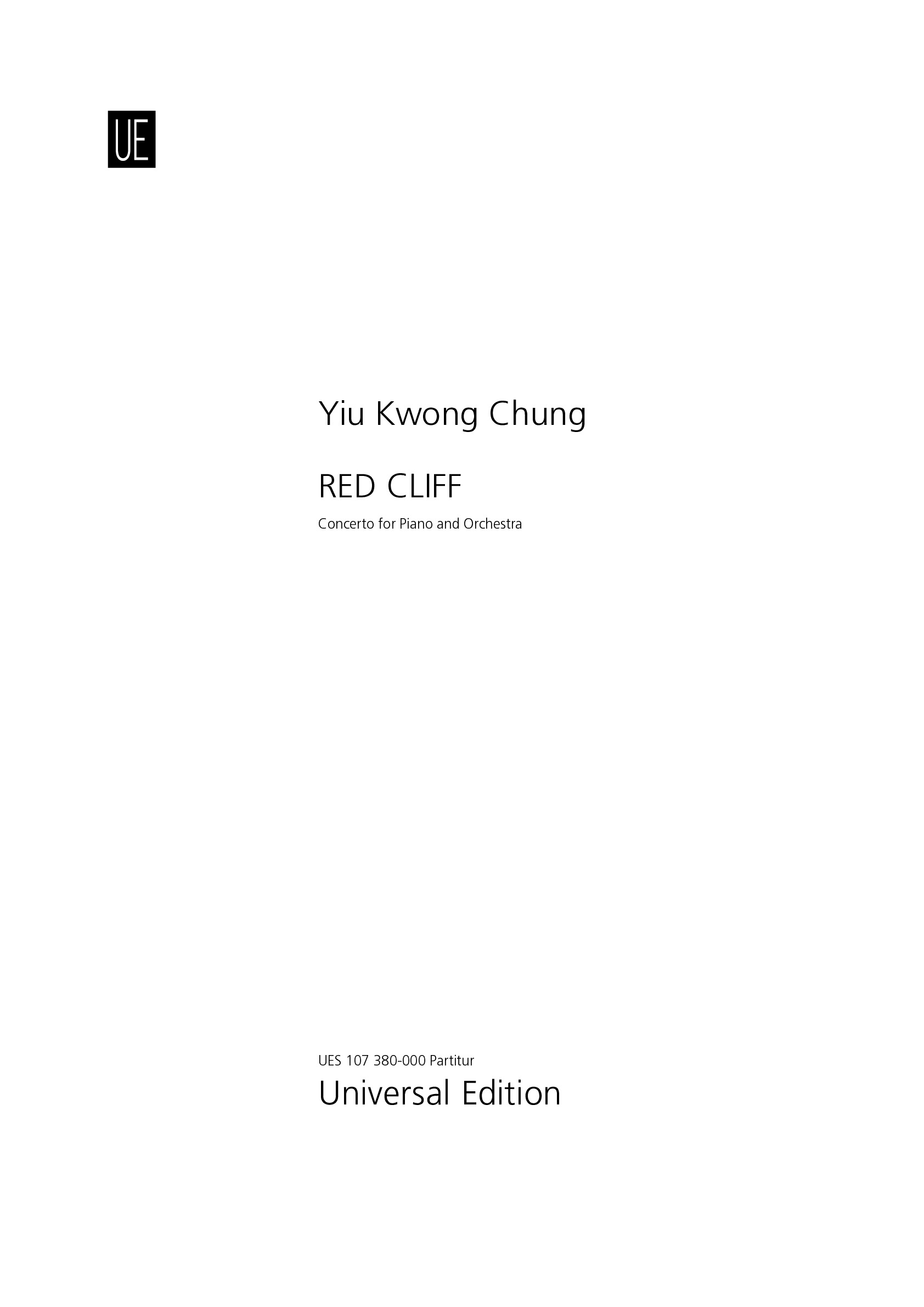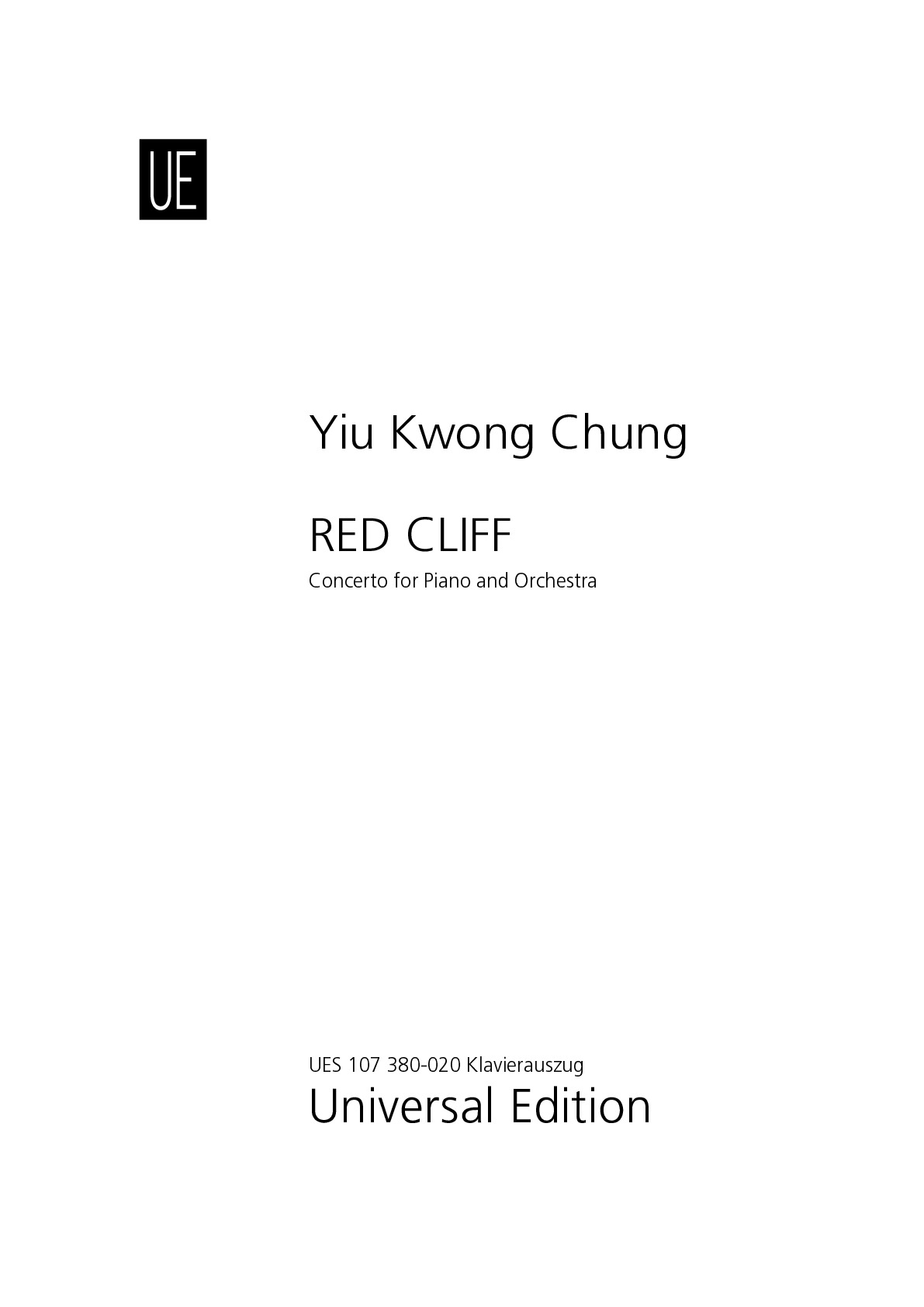

Yiu Kwong Chung
RED CLIFF
Short instrumentation: 2 2 2 2 - 2 2 0 0, timp, perc, erhu, str
Duration: 14'
Solos:
piano
Instrumentation details:
1st flute
2nd flute
1st oboe
2nd oboe
1st clarinet in Bb
2nd clarinet in Bb
1st bassoon
2nd bassoon
1st horn in F
2nd horn in F
1st trumpet in C
2nd trumpet in C
timpani
percussion
erhu
violin I (10 players)
violin II (8 players)
viola (6 players)
violoncello (4 players)
double bass (2 players)
RED CLIFF
Sample pages
Audio preview
Video
Work introduction
Red Cliff is a concerto for piano and Western symphony orchestra, structured seamlessly within a single movement divided into four sections. Its thematic genesis draws inspiration from Luo Guanzhong’s esteemed 15th-century historical novel The Romance of the Three Kingdoms, a foundational work within the canon of Chinese literature. Situating itself amidst the tumultuous backdrop of the Three Kingdoms period, a pivotal epoch marking the decline of the Han dynasty in the 3rd century CE, the concerto encapsulates the enduring resonance of Chinese cultural heritage spanning millennia. Narratively, the composition encapsulates the climactic Battle of Red Cliff. In this pivotal event, three potent warlords—Cao Cao, Liu Bei, and Sun Quan—contend for dominion over the empire, ultimately catalyzing the emergence of the titular Three Kingdoms.
Comprising four contiguous sections, the concerto unfolds a multifaceted musical narrative:
1. "Paying 3 Visits to A Recluse’s Cottage" (mm. 1- 56): Embarking with an adagio passage reminiscent of the opening strains of the renowned pipa composition "Waves Dredging Sand" by the blind folk musician Ah Bing (1893-1950), this section evokes the pivotal moment when Liu Bei secures the allegiance of the strategic genius Zhuge Liang after three personal entreaties.
2. "Heated Debate" (mm. 57-174): Transitioning into an Allegro tempo, the composer deftly employs motifs from "Waves Dredging Sand" as thematic material, orchestrating six dynamic variations that vividly portray Zhuge Liang's persuasive arguments to rally Sun Quan and his military advisors in support of the alliance against Cao Cao.
3. "Sorrowful Parting" (mm. 175-261): In a poignant departure, the composition channels the emotive essence of a renowned traditional Chinese opera aria, "Sorrowful Parting," attributed to Zhou Yu, as he bids farewell to Huang Gai. This lyrical interlude encapsulates the pathos of impending sacrifice amidst strategic machinations.
4. “Battle of Red Cliff" (mm. 262-407): Culminating in a virtuosic display, the final segment encapsulates Huang Gai's audacious stratagem, depicting the daring incendiary assault on Cao Cao's fleet. As Huang Gai's "defecting" squadron unleashes infernal chaos, the flames engulf Cao Cao's armada, precipitating a decisive victory for the allied forces.
On October 9, 2016, at the esteemed Kimmel Center in Philadelphia, the world premiere featured virtuoso Ching-Yun Hu as soloist, accompanied by the Chamber Orchestra of Philadelphia under the baton of Dirk Brossé. Subsequently, the composer undertook a re-orchestration of the concerto for a traditional Chinese orchestra, culminating in the world premiere of the revised version on October 6, 2018, at the National Concert Hall in Taipei. Ching-Yun Hu reprised the role of soloist, accompanied by the National Chinese Orchestra Taiwan under the direction of the composer, Yiu-Kwong Chung.
What is necessary to perform this work?
Please listen to the original, primordial version of "Waves Dredging Sand" for solo Pipa before learning RED CLIFF.
https://youtu.be/XZnC_SX7A3o?si=73jn4VRiV-vjRKwg
The Erhu part is an optional ad libitum part.



